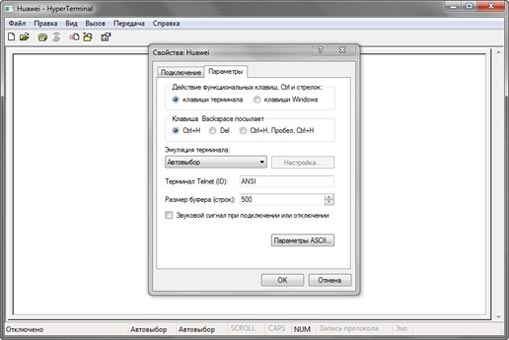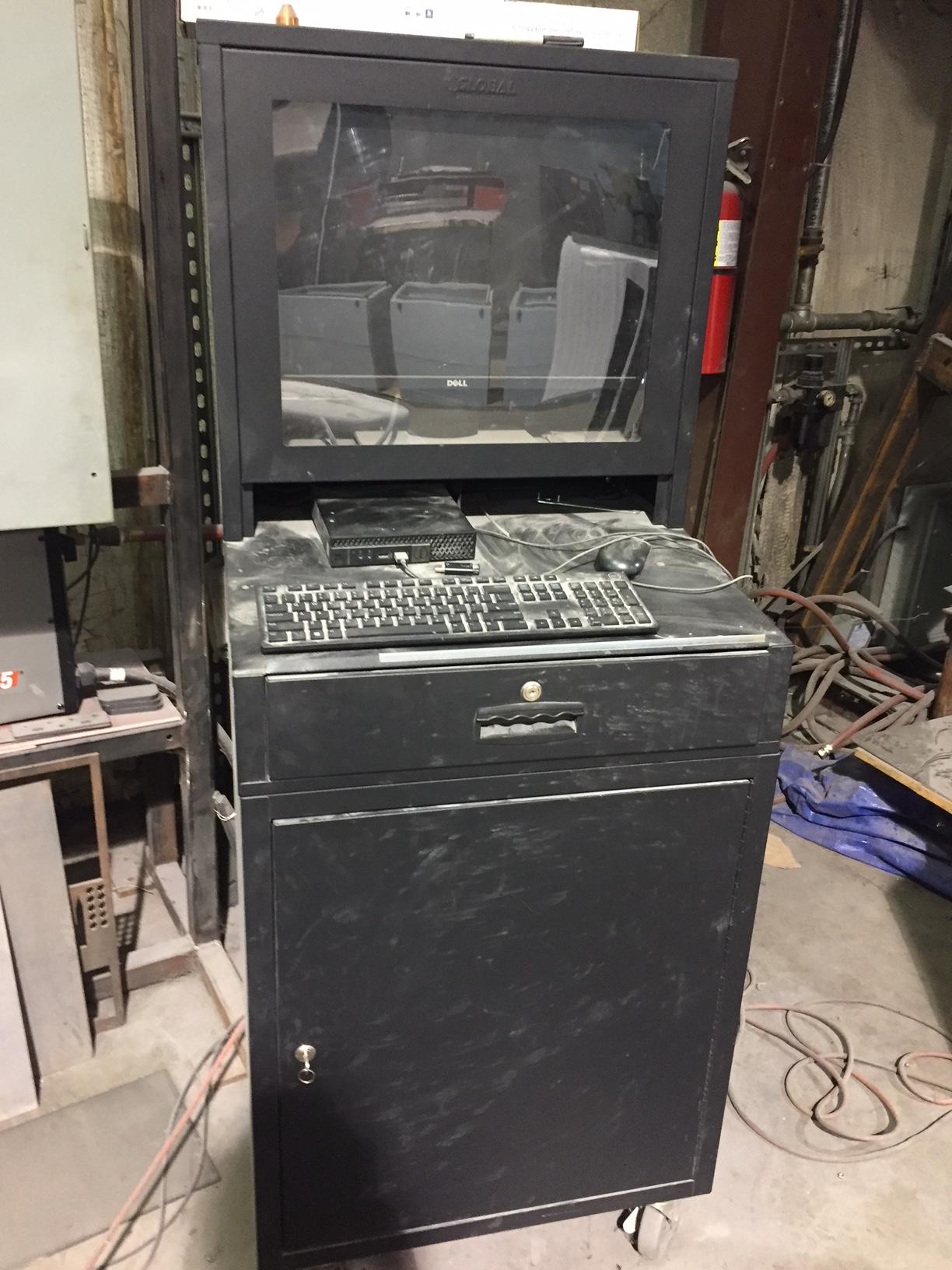

- #HYPERTERM USB SERIAL#
- #HYPERTERM USB 32 BIT#
- #HYPERTERM USB REGISTRATION#
- #HYPERTERM USB PC#
- #HYPERTERM USB WINDOWS 7#
#HYPERTERM USB SERIAL#
It is a communication application that enables users to access devices remotely over an RS232 serial bus, Telnet or a dial-up connection.
#HYPERTERM USB WINDOWS 7#
It is primitive but does the job I needed at the time. HyperTerminal is a program used as a terminal emulator for Windows 7 and other versions of the operating system. The utility can be used in a shell or command file and has both a command line interface for a single AT command or a console mode. The source is located in my Github repository at I wrote a simple command line utility with Visual Studio C++ that can be used to send a command string to a serial port. Someone at my old job bought one of those tiny-notebook PCs, i think some vaio.

This description appears to apply to how this AT command is generally implemented by USB cellular modem providers. I do know that HyperTerminal would NOT work through a USB-Serial port. TheĪT+CFUN=1 command restarts the entire GSM stack and GSM functionality: Then a power on will automatically restart the whole GSM process. If the mobile equipment is turned off after this command,
#HYPERTERM USB REGISTRATION#
(AT+CFUN=1) will have to issued to restart the whole GSM registration If the mobile equipment is not powered off by theĪpplication after this command has been sent, a re-start command Internal parameters in SIM and in EEPROM.

ThisĬommand executes an IMSI DETACH and makes a backup copy of some Note: If the host computer is not equipped with a serial port, a USB to Serial converter or other device can be used. Procedure, then it must send: AT+CFUN=0 (equivalent to AT+CPOF). The application wants to stop the product with a power off, or if theĪpplication wants to force the product to execute an IMSI DETACH This command selects the mobile station’s level of functionality. After using the command a second time after a few seconds wait, the displayed status showd the PANTECH UMO290 up and running.įor a fuller description of the AT+CFUN=0 command see page 12 of AT Commands GSM Reference Guide from MultiTech Systems which has this to say: I used the ipconfig /all command to display the status of the LAN adapters in my system. I then used AT+CFUN=1 to turn the USB modem back on. Then I used ipconfig /all to examine the LAN adapters in my system which showed the PANTECH UML290 as "Media disconnected". I then used AT+CFUN=0 to turn off the USB modem. For Windows 7 and later see HyperTerminal Alternatives for Windows 7. The HyperTerm application is an older modem and serial ports application that came with Windows XP and earlier. Next I used the HyperTerm application to open a connection to the Virtual Serial Port assigned to the USB modem as shown in Device Manager. I used the Device Manager application from the Control Panel to find the USB modem and to then see what COM port it was using. I used the following procedure to test with a PANTECH UML290 USB cellular modem with Verizon as the carrier.įirst step was to determine the Virtual Serial Port in use through which I would send the AT commands. The AT command must be terminated by a carriage return and it must be sent through the Virtual Serial Port that is assigned to the USB modem. To turn the modem off use: AT+CFUN=0 and to turn the modem on use: AT+CFUN=1. I hope this helps, but please let me know if you’ve any other questions or if this doesn’t do the trick.There seems to be a generally used or defacto standard AT command for turning off and turning on a USB cellular modem.

The steps posted here should help with this, if needed.
#HYPERTERM USB PC#
The documentation link in the quote above also recommends setting the lower Baud rate, which may be necessary on both sides of the connection, PC and 2610XM. I tried MANY different terminal emulators including Ponderosa, TeraTerm, SecureCRT, HypeTerminal (for Windows 7) and probably a few others. I actually used a Windows XP Mode VM under Windows 7 with a pass through USB to Serial device and it worked like a charm.
#HYPERTERM USB 32 BIT#
However I could not get to to work under anything except HyperTerminal under Windows XP 32 bit using 9600 baud. The document I read ( … ) does not specify an OS and does it requires a specific terminal emulator. "Re: Xmodem I/O error when copy IOS from tftp server Two quick options seem like they would be worth investigation:ĭoes setting a lower baud rate (9600 is recommended) help?ĭoes using HyperTerm instead of TeraTerm help?Īt least one user has reported that using HyperTerm in his Windows 7 systems Windows XP mode virtual machine worked:


 0 kommentar(er)
0 kommentar(er)
